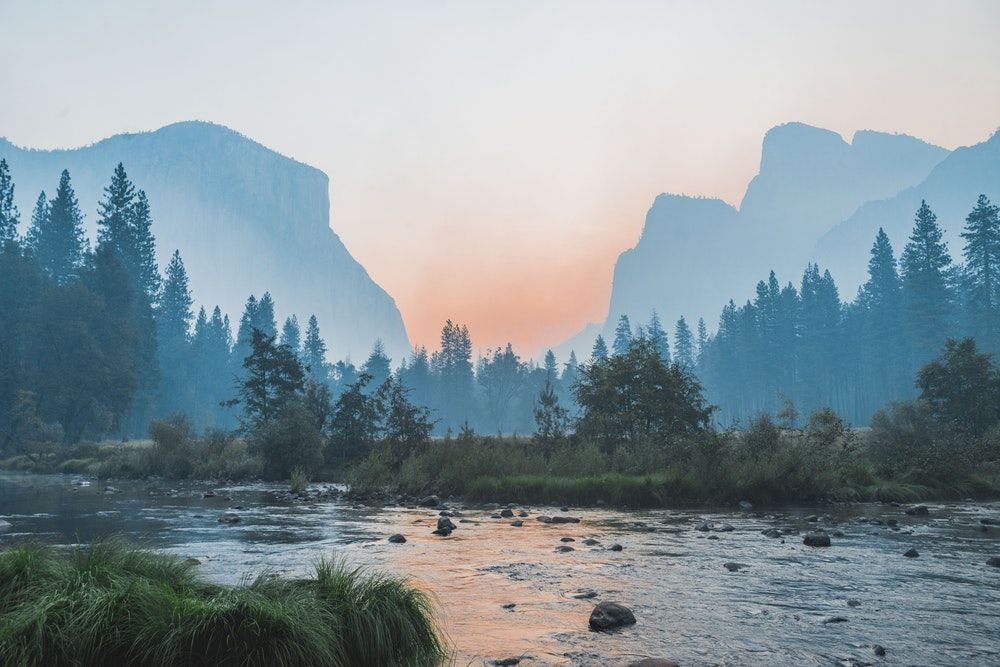Advice for depicting an interesting setting in your writing
Setting is an incredibly important part of writing but it can often be overlooked. Without setting, your characters are stuck in a nameless limbo. However, sometimes conveying the setting you are imagining can be a bit of a challenge.
World building can be the glue that holds the story together in some cases, especially in science fiction and fantasy. Start by making notes on the kind of society you wish to create. Is the environment hostile, creating a ‘survival of the fittest’ society? Are the citizens conservative or liberal? Or is it a more grounded culture, a capitalist one, or one that embraces the arts? Think about whether your main character fits in with your culture or if they are an outcast. How your protagonist views the world they inhabit will alter how your descriptions and settings are portrayed.
If you’re still stuck on how to begin, check out other critically acclaimed and well-known writers and see how they write setting. The maxim ‘write what you know’ can be a good tip for some writers, especially those who write contemporary and realistic stories. However, sticking to this maxim can limit your writing at times.
For an extra challenge, try reading and writing in a different genre than you’re used to. This can really help you get out of a writing block and come up with new ways of describing setting.
Don’t use adjectives which merely tell us how you want us to feel about the thing you are describing
You’ve probably heard the common writing advice ‘show don’t tell’. This can be helpful when writing setting, especially at the start of a story when depicting key information out to the audience. Instead of describing the setting, show how the protagonist feels when they are interacting with the setting.
C. S. Lewis sums up this advice brilliantly. He said: “Don’t use adjectives which merely tell us how you want us to feel about the thing you are describing. I mean, instead of telling us a thing was “terrible,” describe it so that we’ll be terrified. Don’t say it was “delightful”; make us say “delightful” when we’ve read the description.”
When you are describing setting, try to put in some less common, more unique adjectives to liven up your descriptions and make your writing fresh. However, try to avoid too much flowery language. The setting should be a part of the story but shouldn’t override it. Readers don’t tend to like reading long passages of setting and description. This approach just stops the audience from reaching the actual action.
Sometimes what can draw readers out of otherwise thrilling and exciting stories is the lack of credibility in the world you create. Stories can be set in real life places, but you must make sure you are aware of the real geography of the place. It has to be believable, especially for those who are from the place you’re describing – they will let you know if you are wrong.
Don’t try to capture every single thing you can see in an environment
Setting also applies to the way the characters speak and interact with the world around them and this makes research for writing, especially in historical fiction and fantasy to some extent, very important. If it’s a medieval setting, you can’t have modern concepts and descriptions which don’t fit the era. In fantasy, it’s easy to fall back on drawn out action scenes with overly grandiose descriptions which try to match the feeling of awe and epicness in your story, but this can be clichéd at times.
Lastly, don’t overthink your descriptions and settings. If you do, they will seem forced and won’t flow well. Don’t try to capture every single thing you can see in an environment. Let your description come naturally and choose the things which stand out from the rest. In real life, we don’t notice everything around us so why should your characters?
The most important thing is to just have fun with your descriptions and setting. Write what you would want to read and don’t get bogged down if at first your descriptions don’t work, just keep trying.

Comments
Comments are closed here.